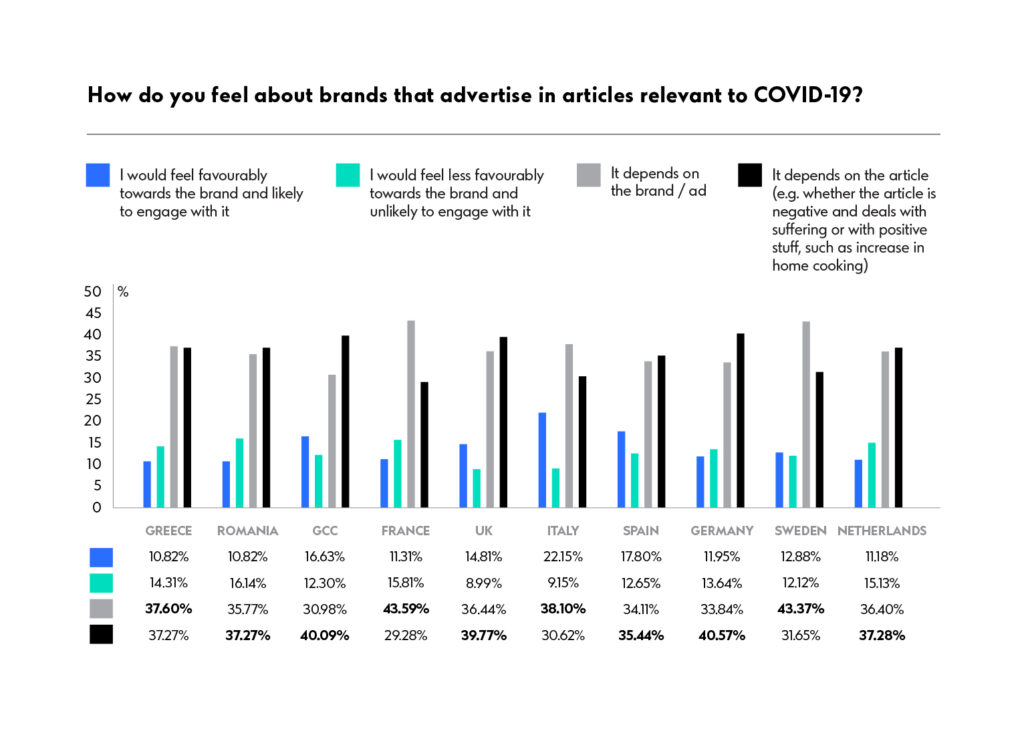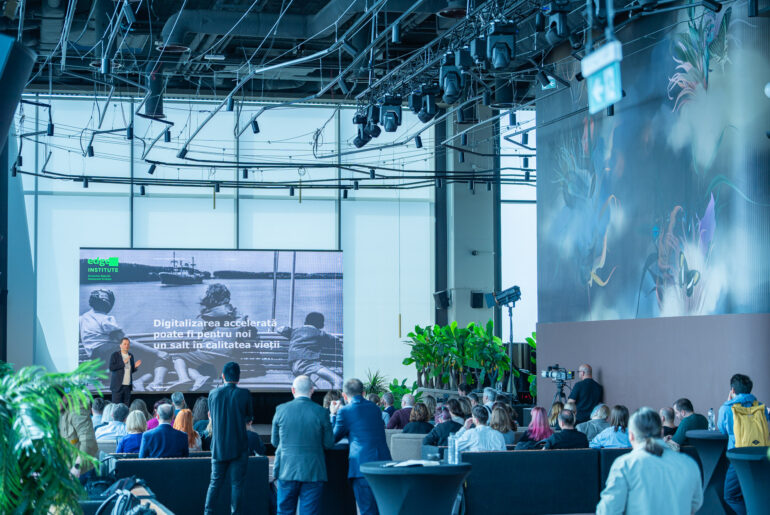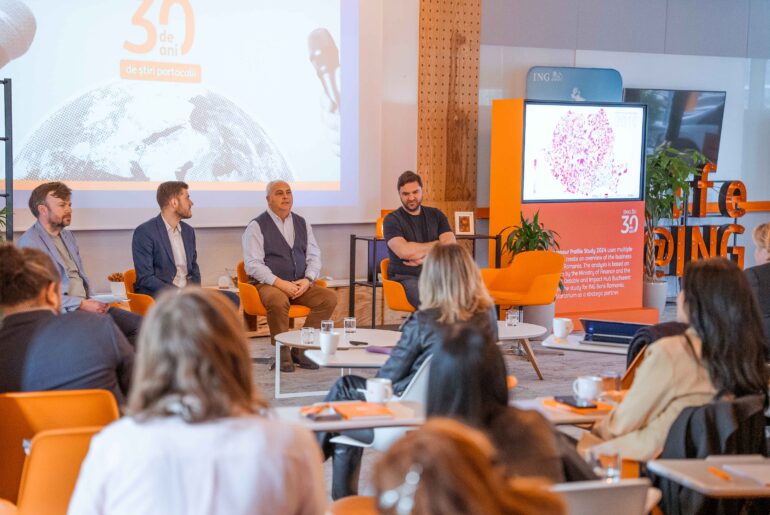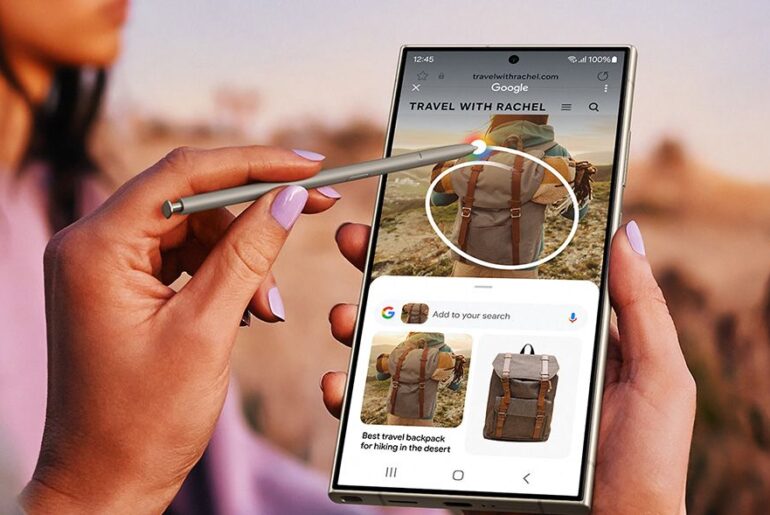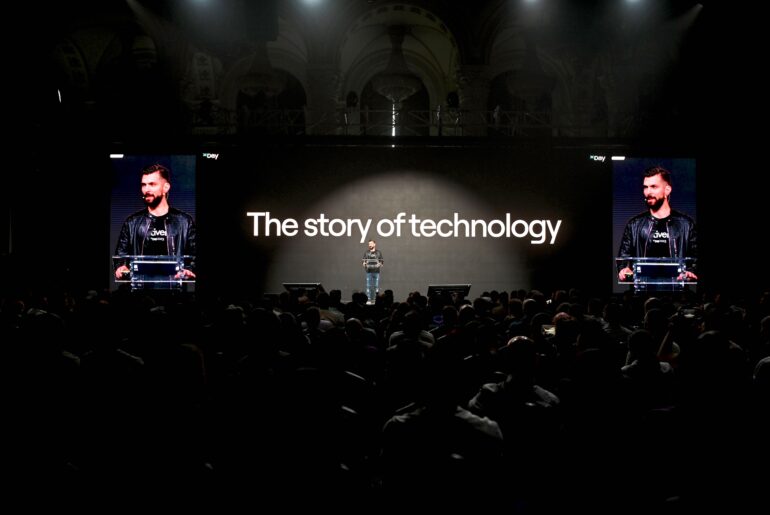Check out some actionable marketing insights from the first multi-country EMEA study tracking consumer attitudes towards advertising at a time of a crisis – brought to you by our friends and partners from Project Agora.
Since 2014 (remember their launch made by the PA’s founder Odysseas Ntotsikas on our main stage or, more recently, the update made by the managing partner Alex Karageorgis available on our virtual platform here) Project Agora has grown today to be a business approaching 25 mil. eur. revenue, expanded to 26 countries where it serves more than 1.400 websites and hires more than 100.
Recently, Project Agora joined Union Media, a Video Advertising joint venture of five leading regional video advertising companies in EMEA, with its leading presence in CE, SE Europe, Middle East and Africa.
Union has just published the results of its new tracking study: Brand Suitability and the Power of Context at a time of a Crisis.
Here are some key findings
The research took place from mid-April to early May, when consumers were still in or just exiting lockdown and covers 10 key EMEA markets, such as France, GCC (Saudi Arabia, UAE, Bahrain, Kuwait, Qatar), Germany, Greece, Italy, the Netherlands, Romania, Spain, Sweden and the UK.
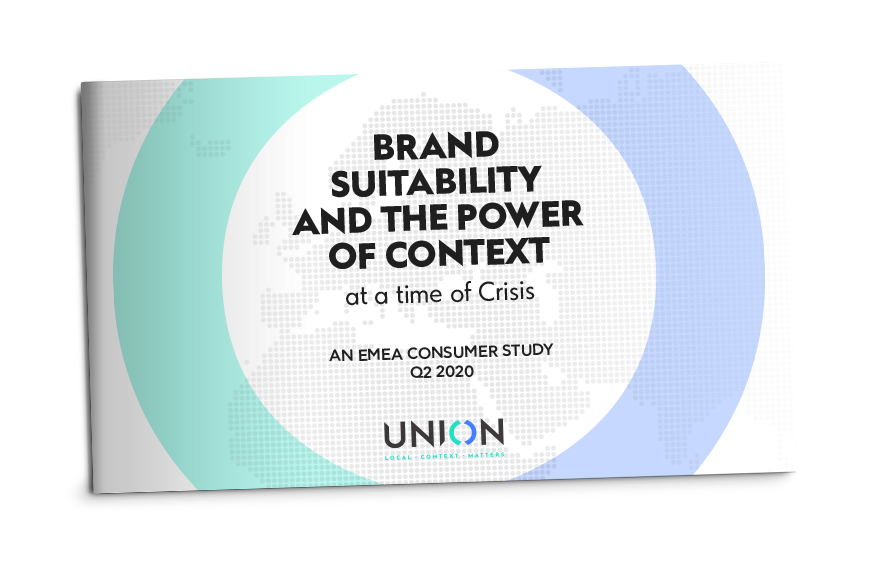
Centred around the principal theme of brand suitability and the distinct importance of context, this study addresses critical questions for marketers, such as evolving content consumption preferences and trust levels or consumers’ perception of brand advertising strategies during the pandemic.
In addition, the crucial issue of actual impact on brands is thoroughly examined, both in terms of Media type but also regarding ad adjacencies to COVID-19 related content. What’s interesting about this study is that this is the first time that diverse markets have been examined comparatively, in order to discern local idiosyncrasies in consumer attitudes towards advertising during a crisis.
News Publishers Get the Vote of Confidence
When it comes to findings, an intriguing juxtaposition may be at play. On the one hand, in terms of aggregated sample, the headlines come nearly as expected: for instance, the pandemic has led to a notable increase in news and Social Media consumption, with news publishers though being the more trusted source for information (news is more trusted than Social Media in 9 out of 10 markets) and sites with professional content (be they news sites or verticals) coming through as the most effective advertising channel by way of adding value to an advertising message.
Say Something. Anything?
What’s more, in almost all markets, 9 out of 10 consumers want brands to continue advertising, but with adjustments to their messaging. Indeed, they are also not in principle against COVID-19 adjacencies, with 70% of users (on average) considering these to be conditional on brand identity and the context, the nature of the article. 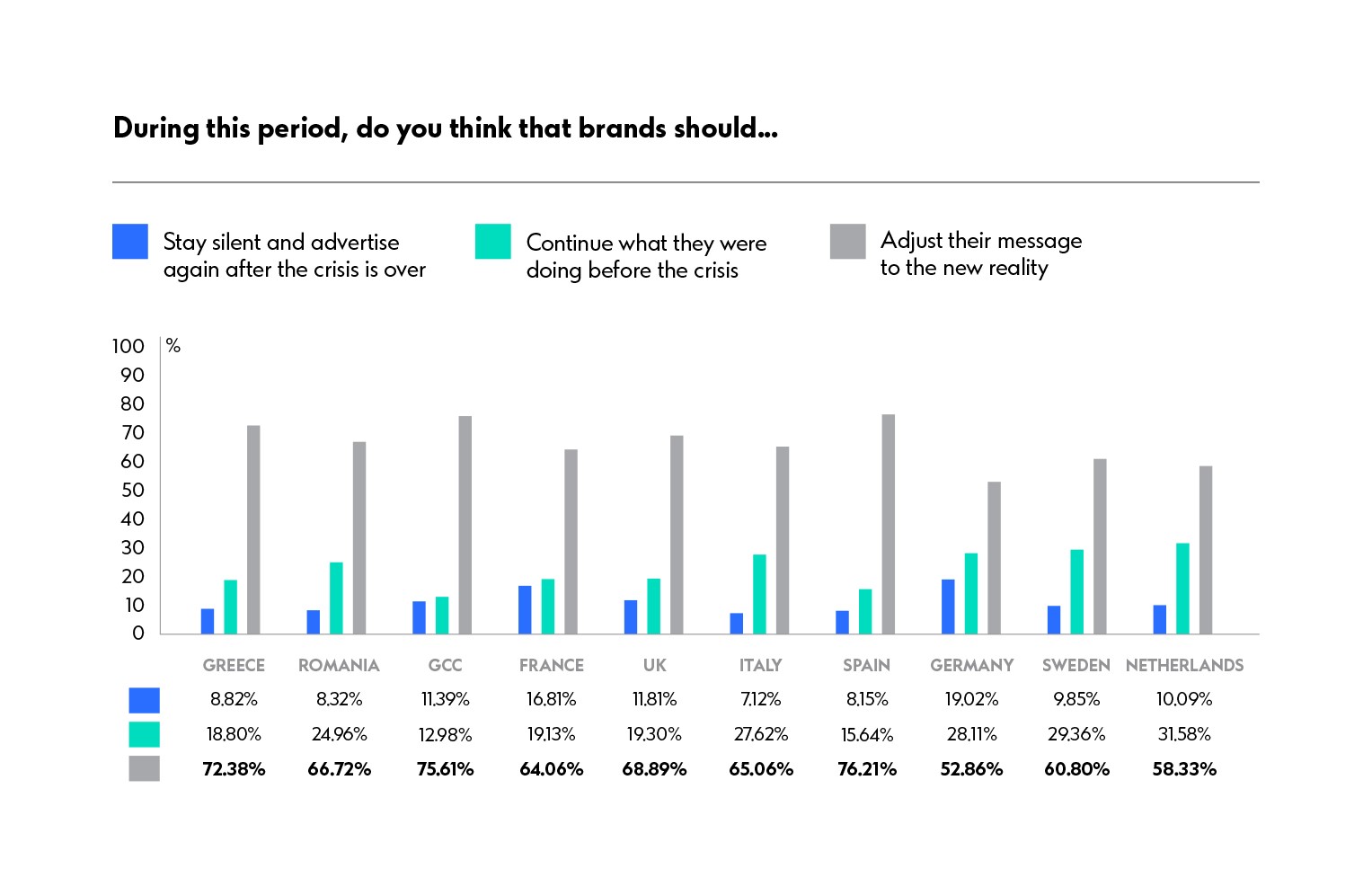
The North – South Divide
On the other hand, though, when one moves from aggregated data to local specific subsets, notable divergences emerge —and not so much in the standard parameters of gender or age, but more at a country level. This is where truth lies: from, say, an evident North-South divide, possibly deriving from culture and historicity (for instance, the Dutch and the Swedes have turned more to news, while consumers in GCC, Greece, Spain and Italy have increased their Social Media consumption) to, equally importantly, varying outcomes according to the phase in the development of the pandemic, with Italians becoming less sensitive to COVID-19 adjacencies and being the most positive for brands to continue advertising.
The Theory of Relativity
These findings become yet more striking when one examines how the issue of adjacency and brand favourability varies according to industry, as this study examines diverse sectors such as, to name a few, Food and Beverage, Telcos, Banking/Insurance, Government, Pharmaceuticals, Automotive, Fashion and Beauty. The Brits, as an example, are distinctly receptive on Food and Beverage, the Greeks on Beauty, the Romanians on Telcos, GCC residents on Fashion and so on. What seems astonishing and needs to be taken into account by CMOs and media planners is that in most sectors the divergence of receptiveness to brand COVID-19 content adjacency, between local markets, often surpasses 40 (yes, forty) per cent.
Our industry has at times been plagued by facile, creeping stereotypes and an efficient, yet ineffective one-size-fits-all approach. Addressing this chronic problem has become one of the urgent imperatives of the current crisis. Understanding critical differences between countries, while working with local players that have in-depth knowledge, so as to apply these insights into communication strategy, is a cornerstone of the solution.
Now more than ever, local context matters.
Download the full study to fuel your communication strategy per market by getting answers to the following questions:
- How have consumers’ content consumption habits and trust towards media changed?
- How do consumers think brands should shape their advertising strategy?
- How does ad appearance next to COVID-19 news affect buying behavior?
- What are the individual factors that seem to affect it the most?
- How is the media type impacting brand affinity and preference?
That being said… get the full study from HERE



